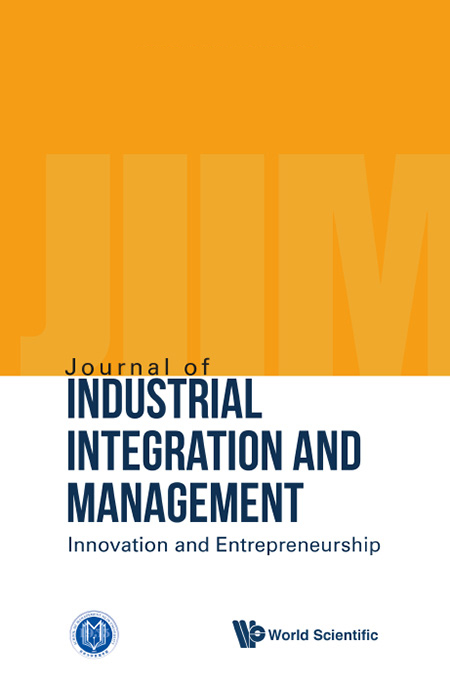基于调谐粒子群优化算法的模糊参数自适应Shewhart控制图
IF 3.3
Q2 MANAGEMENT
Journal of Industrial Integration and Management-Innovation and Entrepreneurship
Pub Date : 2021-10-28
DOI:10.1142/s2424862221500226
引用次数: 2
摘要
近年来,设计参数依赖于观测样本的自适应控制图已经成功地取代了传统的常参数控制图。在清晰的运行控制规则中,过程状态可能会从控制状态急剧变化到失控状态,从而增加误报警率。为了克服这一缺点,本文提出了一种自适应shewhart型控制图,其中设计参数(样本量([公式:见文])、抽样间隔([公式:见文])和控制极限系数([公式:见文]和[公式:见文])用语言变量定义。为了实现这一点,图表参数是根据连续环境中使用一组模糊规则的八个前图表统计数据的位置来确定的。为了提高控制图检测位置和尺度参数微小变化的灵敏度,将模糊西电规则与模糊自适应采样规则相结合,设计了自适应程序。在利用模糊推理系统(FIS)设计控制图之后,为了提供所提出的控制图的经济设计,采用粒子群优化算法(PSO)确定控制图参数隶属函数对应的最优值。最后,通过仿真研究,对所提出的控制图的性能进行了分析,并与文献中常见的控制图进行了比较。结果证实,在不同位置和尺度参数的变化下,所提出的控制图在经济和统计标准上都优于其他控制图。本文章由计算机程序翻译,如有差异,请以英文原文为准。
Adaptive Shewhart Control Charts Under Fuzzy Parameters with Tuned Particle Swarm Optimization Algorithm
In recent years, adaptive control charts in which the design parameters depend on the observed samples have been successfully used as efficient alternatives for traditional control charts with constant parameters. In crisp run control rules, the process state may change very sharply from in-control to out-of-control conditions which increase the rate of false alarms. To overcome this drawback, this paper presents an adaptive Shewhart-type control chart, where the design parameters (sample size ([Formula: see text]), sampling interval ([Formula: see text]), and control limit coefficients ([Formula: see text] and [Formula: see text])) are defined with linguistic variables. To accomplish that, the chart parameters are determined based on the location of eight previous chart statistics using a set of fuzzy rules in a continuous environment. In order to improve the sensitivity of the proposed control chart in detecting small shifts in both location and scale parameters, the adaptive procedure is designed by integration of fuzzy Western Electric rules and fuzzy adaptive sampling rules. After designing the control charts using a fuzzy inference system (FIS), in order to provide an economic design of the proposed control chart, a tuned Particle Swarm Optimization (PSO) algorithm is employed to determine the optimal values corresponding to membership functions of the control chart parameters. Finally, using simulation studies, the capability of the proposed control chart is analyzed and compared with common charts in the literature. The results confirm that under different shifts in location and scale parameters, the proposed control chart outperforms other charts in terms of both economic and statistical criteria.
求助全文
通过发布文献求助,成功后即可免费获取论文全文。
去求助
来源期刊
CiteScore
17.00
自引率
16.70%
发文量
31
期刊介绍:
The Journal of Industrial Integration and Management: Innovation & Entrepreneurship concentrates on the technological innovation and entrepreneurship within the ongoing transition toward industrial integration and informatization. This journal strives to offer insights into challenges, issues, and solutions associated with industrial integration and informatization, providing an interdisciplinary platform for researchers, practitioners, and policymakers to engage in discussions from the perspectives of innovation and entrepreneurship.
Welcoming contributions, The Journal of Industrial Integration and Management: Innovation & Entrepreneurship seeks papers addressing innovation and entrepreneurship in the context of industrial integration and informatization. The journal embraces empirical research, case study methods, and techniques derived from mathematical sciences, computer science, manufacturing engineering, and industrial integration-centric engineering management.

 求助内容:
求助内容: 应助结果提醒方式:
应助结果提醒方式:


